The Cisco N3K-C3524P-10GX further extends the leadership of the Cisco Nexus 3000 Series by including the innovative Cisco® Algorithm Boost (or Algo Boost) technology. Algo Boost technology, built into the switch application-specific integrated circuit (ASIC), allows the Cisco Nexus 3500 platform to achieve exceptional Layer 2 and 3 switching latencies of less than 200 nanoseconds (ns). In addition, Algo Boost offers several innovations in latency, forwarding, and performance visibility capabilities.
[su_box title=”Tham khảo thêm” box_color=”#f31323″]- Các dòng SWITCH khác.
- Các dòng SWITCH CISCO khác.
- Trang chủ CISCO tại đây
SWITCH CISCO NEXUS N3K-C3524P-10GX SPECIFICATION
N3K-C3524P-10GX Specification | ||||
| Physical | ● 24 fixed SFP+ ports (1 or 10 Gbps); expandable to 48 ports ● Dual redundant hot-swappable power supplies ● Four individual redundant hot-swappable fans ● One 1-PPS timing port, with the RF1.0/2.3 QuickConnect connector type* ● One 10/100/1000-Mbps management port ● One RS-232 serial console port ● Two USB ports ● Locator LED ● Locator LED button | |||
| Performance | ● 480-Gbps switching capacity ● Forwarding rate of 360 mpps ● Line-rate traffic throughput (both Layer 2 and 3) on all ports ● Configurable MTUs of up to 9216 bytes (jumbo frames) | |||
| Typical operating power | ● 102W | |||
| Maximum power | ● 193W | |||
| Typical heat dissipation | ● 348 BTUs per hr | |||
| Maximum heat dissipation | ● 658 BTUs per hr | |||
Hardware Specifications | ||||
Mode | Normal Mode | Warp Mode | ||
| Hardware tables and scalability | Number of MAC addresses | 64,000 | 8000 | |
| Number of IPv4 unicast routes | 24,000 | 4000 | ||
| Number of IPv4 hosts | 64,000 | 8000 | ||
| Number of IPv4 multicast routes | 8000 | 8000 | ||
| Number of VLANS | 4096 | |||
| Number of ACL entries | 4096 | |||
| Number of spanning-tree instances | Rapid Spanning Tree Protocol (RSTP): 512 Multiple Spanning Tree (MST) Protocol: 64 | |||
| Number of EtherChannels | 24 | |||
| Number of ports per EtherChannel | 24 | |||
| Buffer size | 6 MB shared among 16 ports; 18 MB total | |||
| Boot flash memory | 2 GB (3524P and 3548P models) 4 GB (3524X and 3548X models) | |||
| Power | Number of power supplies | 2 (redundant) | ||
| Power supply types | ● AC (forward and reversed airflow) ● DC (forward and reversed airflow) | |||
| Input voltage | 100 to 240 VAC | |||
| Frequency | 50 to 60 Hz | |||
| Power supply efficiency | 89 to 91% at 220V | |||
| Cooling | Forward and reversed airflow schemes ● Forward airflow:Port-side exhaust (air enters through fan tray and power supplies and exits through ports) ● Reversed airflow: Port-side intake (air enters through ports and exits through fan tray and power supplies) Four individual, hot-swappable fans (3+1 redundant) | |||
| Environment | Dimensions (height x width x depth) | 1.72 x 17.3 x 18.38 in. (4.36 x 43.9 x 46.7 cm) | ||
| Weight | 17.4 lb (7.9 kg) | |||
| Operating temperature | 32 to 104° F (0 to 40°C) | |||
| Storage temperature | -40 to 158° F (-40 to 70°C) | |||
| Relative humidity (operating) | ● 10 to 85% noncondensing ● Up to 5 days at maximum (85%) humidity ● Recommend ASHRAE data center environment | |||
| Relative humidity (nonoperating) | 5 to 95% noncondensing | |||
| Altitude | 0 to 10,000 ft (0 to 3000m) | |||
| Mean time between failure (MTBF) | 317,030 hours | |||
Software Features | ||||
| Layer 2 | ● Layer 2 switch ports and VLAN trunks ● IEEE 802.1Q VLAN encapsulation ● Support for up to 4096 VLANs ● Rapid Per-VLAN Spanning Tree Plus (PVRST+) (IEEE 802.1w compatible) ● MSTP (IEEE 802.1s): 64 instances ● Spanning Tree PortFast ● Spanning Tree Root Guard ● Spanning Tree Bridge Assurance ● Cisco EtherChannel technology (up to 24 ports per EtherChannel) ● LACP: IEEE 802.3ad, IEEE 802.1ax ● Advanced PortChannel hashing based on Layer 2, 3, and 4 information ● Jumbo frames on all ports (up to 9216 bytes) ● Storm control (multicast and broadcast) ● Link-level flow control (IEEE 802.3x) ● vPC | |||
| Layer 3 | ● Layer 3 interfaces: Routed ports on interfaces, switch virtual interfaces (SVIs), PortChannels, and subinterfaces (total: 1024) ● 24-way Equal-Cost Multipath (ECMP) ● 4096 ACL entries ● Routing protocols: Static, RIPv2, EIGRP, OSPF, and BGP ● HSRP and VRRP ● ACL: Routed ACL with Layer 3 and 4 options to match ingress and egress ACLs ● VRF: VRF-Lite (IP VPN), VRF-aware unicast (BGP, OSPF, and RIP), and VRF‑aware multicast ● VRF route leaking ● Jumbo frame support (up to 9216 bytes) | |||
| Multicast | ● Multicast: PIMv2, PIM Sparse Mode (PIM-SM), SSM, and BiDir ● Bootstrap router (BSR), Auto-RP, and Static RP ● MSDP and Anycast RP ● Internet Group Management Protocol (IGMP) Versions 2 and 3 | |||
| Security | ● Ingress ACLs (standard and extended) on Ethernet ● Standard and extended Layer 3 to 4 ACLs include IPv4, Internet Control Message Protocol (ICMP), TCP, and User Datagram Protocol (UDP) ● VLAN-based ACLs (VACLs) ● Port-based ACLs (PACLs) ● Named ACLs ● ACLs on virtual terminals (VTYs) ● Dynamic Host Configuration Protocol (DHCP) relay ● Control Plane Policing (CoPP) | |||
| Cisco Nexus Data Broker
| ● Topology support for tap and SPAN aggregation ● Traffic load balancing to multiple monitoring tools ● Time stamping using PTP ● Packet truncation ● Traffic filtering based on Layer 1 through Layer 4 header information ● Traffic replication and forwarding to multiple monitoring tools ● Robust RBAC ● Northbound Representational State Transfer (REST) API for all programmability support | |||
| Management | ● Power On Auto Provisioning (POAP) ● Python scripting ● Switch management using 10/100/1000-Mbps management or console ports ● CLI-based console to provide detailed out-of-band management ● In-band switch management ● Locator and beacon LEDs ● Configuration rollback ● SSHv2 ● Telnet ● AAA ● AAA with RBAC ● RADIUS ● TACACS+ ● Syslog ● Embedded packet analyzer ● SNMP v1, v2, and v3 ● Enhanced SNMP MIB support ● XML (NETCONF) support ● Remote monitoring (RMON) ● Advanced Encryption Standard (AES) for management traffic ● Unified username and passwords across CLI and SNMP ● Microsoft Challenge Handshake Authentication Protocol (MS-CHAP) ● Digital certificates for management between switch and RADIUS server ● Cisco Discovery Protocol Versions 1 and 2 ● RBAC ● SPAN on physical, PortChannel, and VLAN ● ERSPAN Versions 2 and 3 ● Ingress and egress packet counters per interface ● Network Time Protocol (NTP) ● Cisco OHMS ● Comprehensive bootup diagnostic tests ● Cisco Call Home ● Cisco DCNM ● Active buffer monitoring ● PTP (IEEE 1588) boundary clock | |||
Management and Standards Support | ||||
| MIB support | Generic MIBs ● SNMPv2-SMI ● CISCO-SMI ● SNMPv2-TM ● SNMPv2-TC ● IANA-ADDRESS-FAMILY-NUMBERS-MIB ● IANAifType-MIB ● IANAiprouteprotocol-MIB ● HCNUM-TC ● CISCO-TC ● SNMPv2-MIB ● SNMP-COMMUNITY-MIB ● SNMP-FRAMEWORK-MIB ● SNMP-NOTIFICATION-MIB ● SNMP-TARGET-MIB ● SNMP-USER-BASED-SM-MIB ● SNMP-VIEW-BASED-ACM-MIB ● CISCO-SNMP-VACM-EXT-MIB Ethernet MIBs ● CISCO-VLAN-MEMBERSHIP-MIB Configuration MIBs ● ENTITY-MIB ● IF-MIB ● CISCO-ENTITY-EXT-MIB ● CISCO-ENTITY-FRU-CONTROL-MIB ● CISCO-ENTITY-SENSOR-MIB ● CISCO-SYSTEM-MIB ● CISCO-SYSTEM-EXT-MIB ● CISCO-IP-IF-MIB ● CISCO-IF-EXTENSION-MIB ● CISCO-NTP-MIB ● CISCO-IMAGE-MIB ● CISCO-IMAGE-UPGRADE-MIB | Monitoring MIBs ● NOTIFICATION-LOG-MIB ● CISCO-SYSLOG-EXT-MIB ● CISCO-PROCESS-MIB ● RMON-MIB ● CISCO-RMON-CONFIG-MIB ● CISCO-HC-ALARM-MIB Security MIBs ● CISCO-AAA-SERVER-MIB ● CISCO-AAA-SERVER-EXT-MIB ● CISCO-COMMON-ROLES-MIB ● CISCO-COMMON-MGMT-MIB ● CISCO-SECURE-SHELL-MIB Miscellaneous MIBs ● CISCO-LICENSE-MGR-MIB ● CISCO-FEATURE-CONTROL-MIB ● CISCO-CDP-MIB ● CISCO-RF-MIB Layer 3 and Routing MIBs ● UDP-MIB ● TCP-MIB ● OSPF-MIB ● OSPF-TRAP-MIB ● BGP4-MIB ● CISCO-HSRP-MIB ● PIM-MIB | ||
| Standards | ● IEEE 802.1D: Spanning Tree Protocol ● IEEE 802.1p: CoS Prioritization ● IEEE 802.1Q: VLAN Tagging ● IEEE 802.1s: Multiple VLAN Instances of Spanning Tree Protocol ● IEEE 802.1w: Rapid Reconfiguration of Spanning Tree Protocol ● IEEE 802.3z: Gigabit Ethernet ● IEEE 802.3ad: Link Aggregation Control Protocol (LACP) ● IEEE 802.1ax: Link Aggregation Control Protocol (LACP) ● IEEE 802.3ae: 10 Gigabit Ethernet ● IEEE 802.3ba: 40 Gigabit Ethernet ● IEEE 802.1ab: LLDP | |||
| RFC | BGP ● RFC 1997: BGP CommunitiesAttribute ● RFC 2385: Protection of BGP Sessions with the TCP MD5 Signature Option ● RFC 2439: BGP Route Flap Damping ● RFC 2519: A Framework for Inter-Domain Route Aggregation ● RFC 2545: Use of BGPv4 Multiprotocol Extensions ● RFC 2858: Multiprotocol Extensions for BGPv4 ● RFC 3065: Autonomous System Confederations for BGP ● RFC 3392: Capabilities Advertisement with BGPv4 ● RFC 4271: BGPv4 ● RFC 4273: BGPv4 MIB: Definitions of Managed Objects for BGPv4 ● RFC 4456: BGP Route Reflection ● RFC 4486: Subcodes for BGP Cease Notification Message ● RFC 4724: Graceful Restart Mechanism for BGP ● RFC 4893: BGP Support for Four-Octet AS Number Space OSPF ● RFC 2328: OSPFVersion 2 ● 8431RFC 3101: OSPF Not-So-Stubby-Area (NSSA) Option ● RFC 3137: OSPF Stub Router Advertisement ● RFC 3509: Alternative Implementations of OSPF Area Border Routers ● RFC 3623: Graceful OSPF Restart ● RFC 4750: OSPF Version 2 MIB RIP ● RFC1724: RIPv2 MIB Extension ● RFC 2082: RIPv2 MD5 Authentication ● RFC 2453: RIP Version 2 ● IP Services ● RFC 768: User Datagram Protocol (UDP) ● RFC 783: Trivial File Transfer Protocol (TFTP) ● RFC 791: IP ● RFC 792: Internet Control Message Protocol (ICMP) ● RFC 793: TCP ● RFC 826: ARP ● RFC 854: Telnet ● RFC 959: FTP ● RFC 1027: Proxy ARP ● RFC 1305: Network Time Protocol (NTP) Version 3 ● RFC 1519: Classless Interdomain Routing (CIDR) ● RFC 1542: BootP Relay ● RFC 1591: Domain Name System (DNS) Client ● RFC 1812: IPv4 Routers ● RFC 2131: DHCP Helper ● RFC 2338: VRRP IP Multicast ● RFC 2236: InternetGroup Management Protocol, version 2 ● RFC 3376: Internet Group Management Protocol, Version 3 ● RFC 3446: Anycast Rendezvous Point Mechanism Using PIM and MSDP ● RFC 3569: An Overview of SSM ● RFC 3618: Multicast Source Discovery Protocol (MSDP) ● RFC 4601: Protocol Independent Multicast – Sparse Mode (PIM-SM): Protocol Specification (Revised) ● RFC 4607: Source-Specific Multicast for IP ● RFC 4610: Anycast-RP using PIM ● RFC 5015: PIM BiDir ● RFC 5132: IP Multicast MIB | |||

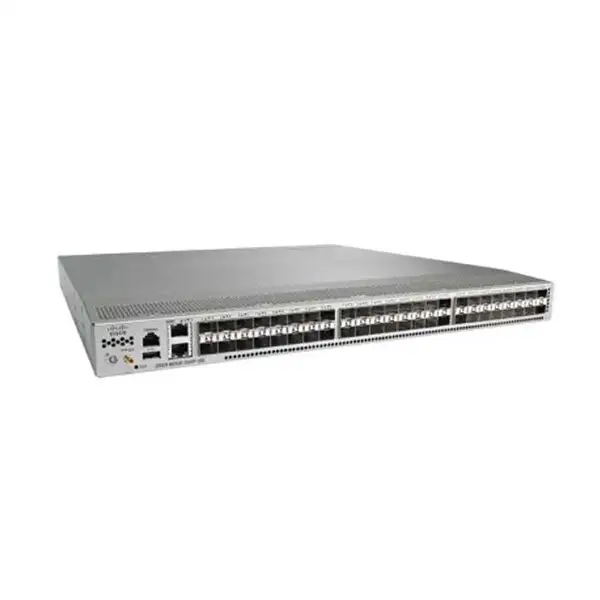

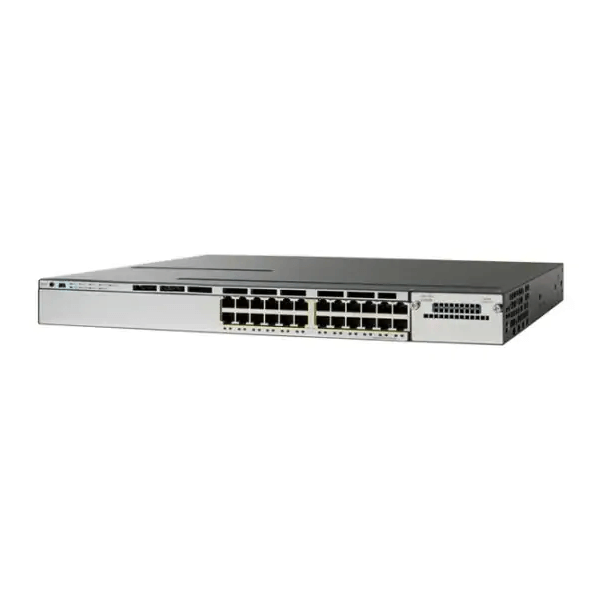
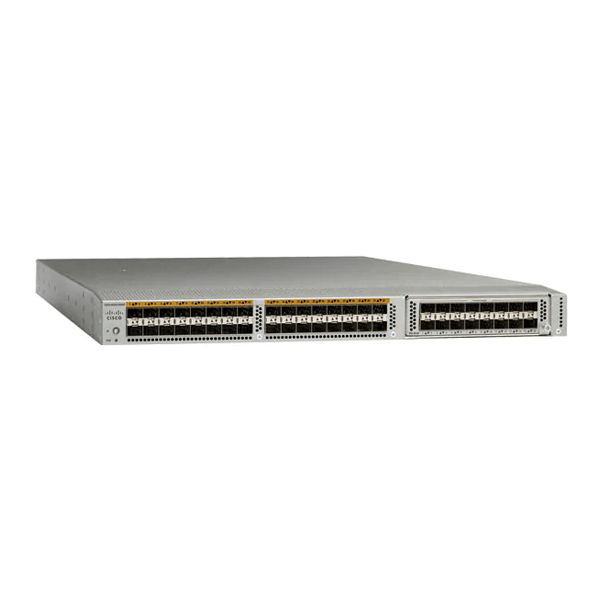
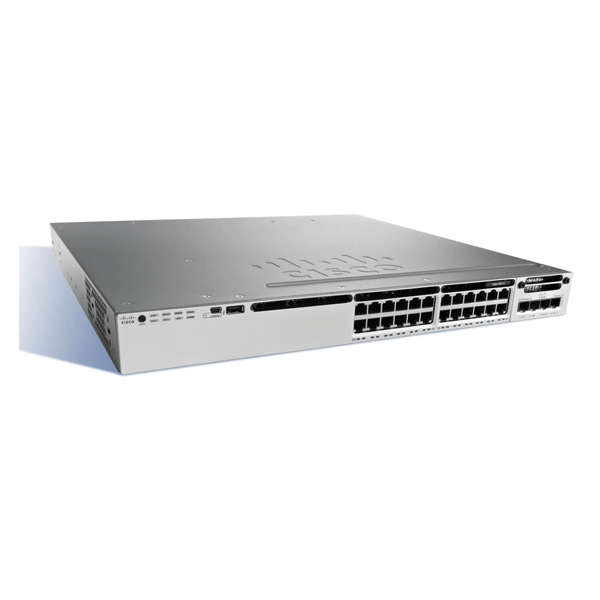
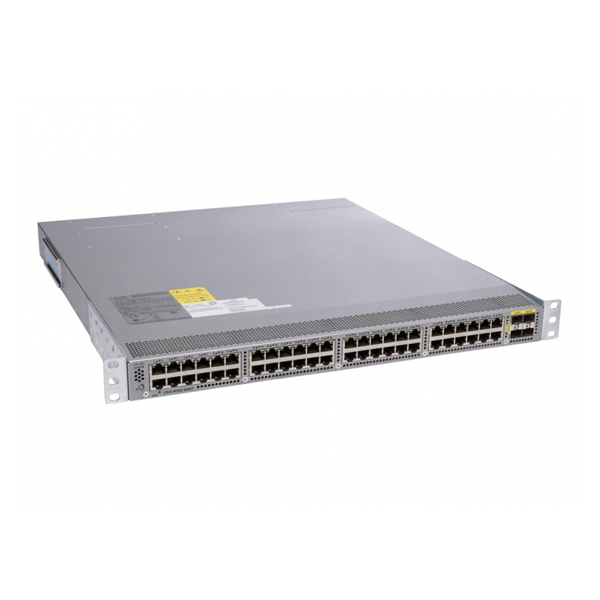
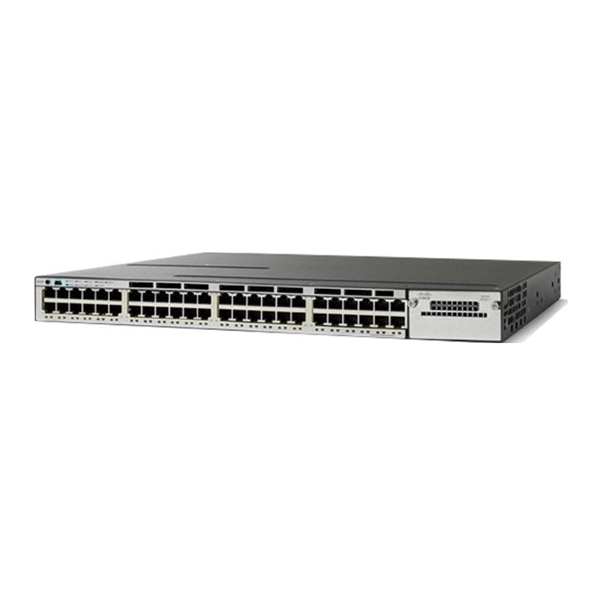
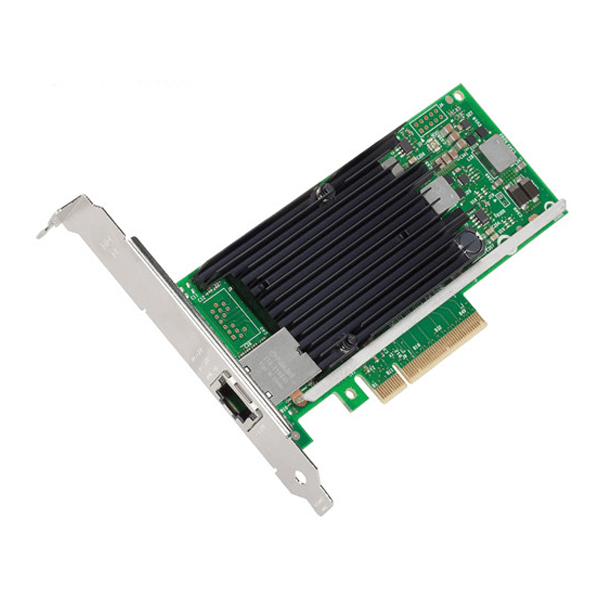
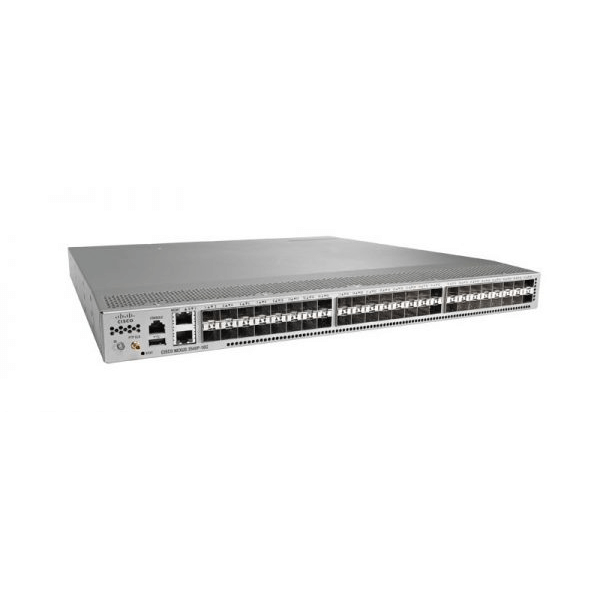
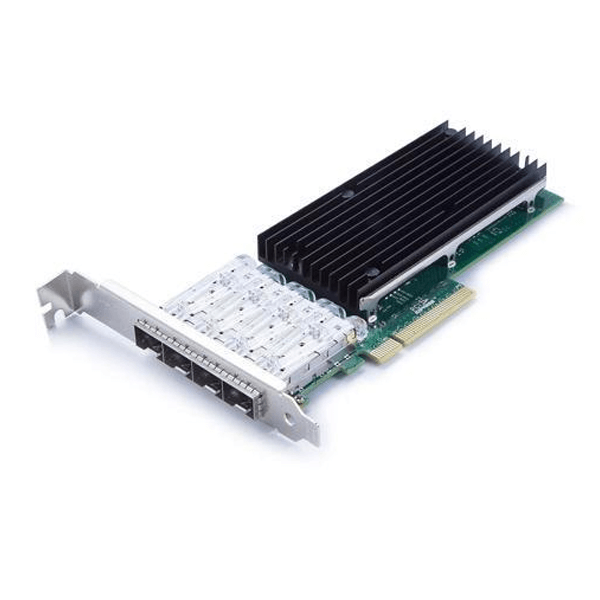
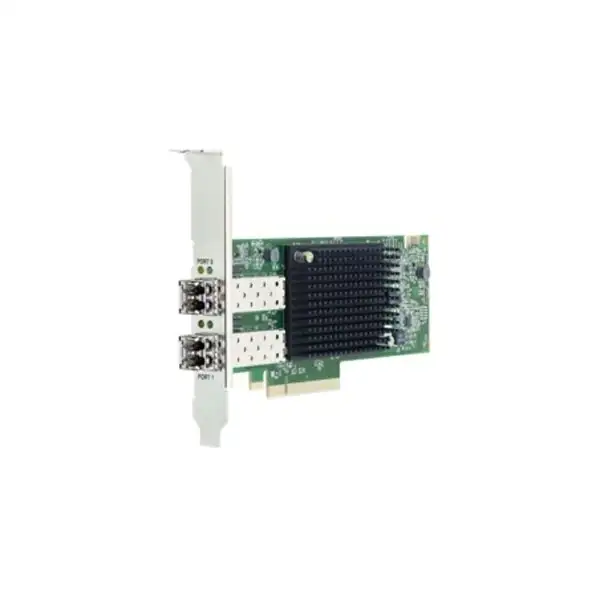
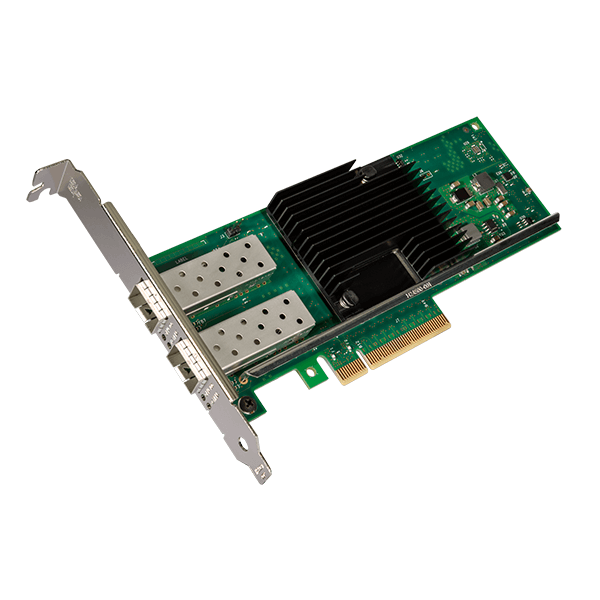

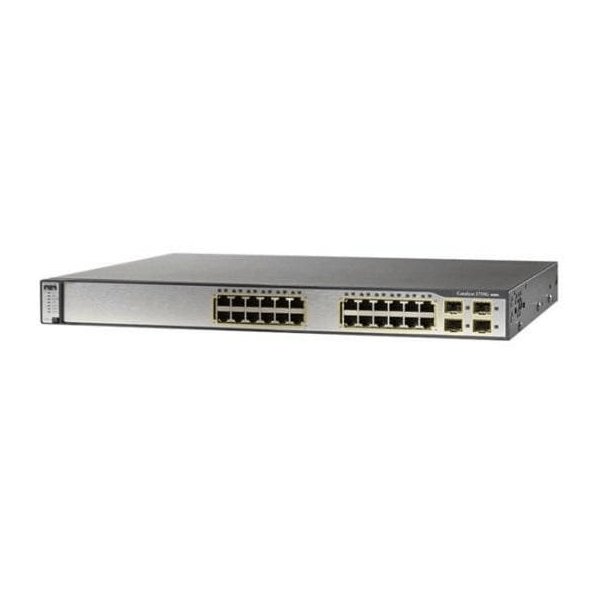
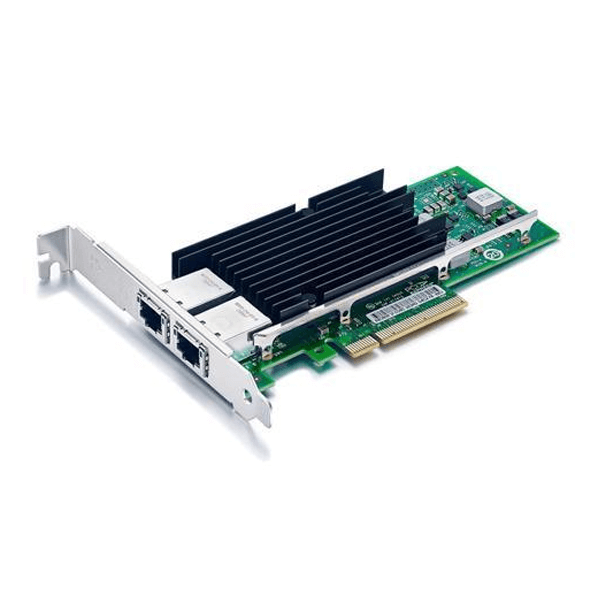
Đánh giá
Chưa có đánh giá nào.